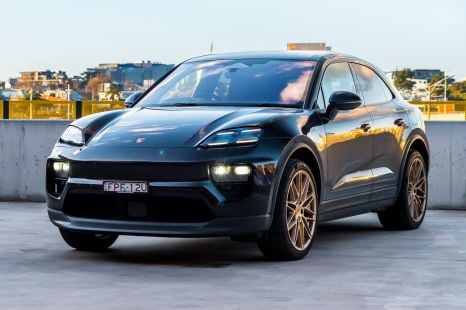

James Wong
2026 Porsche Macan review: Long-term introduction
4 Hours Ago
With its warm hatch spin, friendly pricing and mature styling, the range-topping Rio aims to be the most complete city runabout.
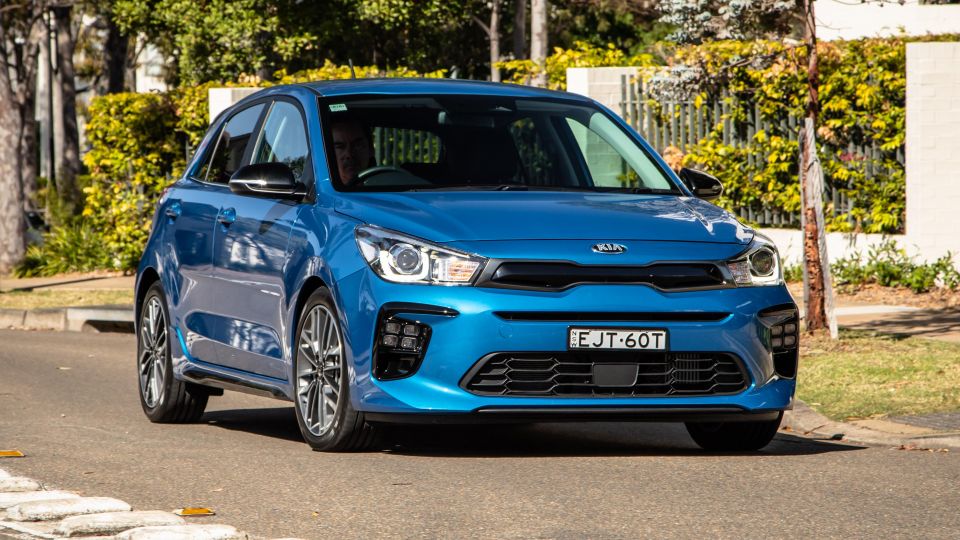


Journalist

Journalist


Journalist

Journalist
Quickly see how this car stacks up against its competition. Select any benchmark to see more details.
Where expert car reviews meet expert car buying – CarExpert gives you trusted advice, personalised service and real savings on your next new car.
Statistics state that these days the majority of small car sales are in a band that starts at around $24,000 and tops out in the mid-thirties.
One graph I saw in mid-2020 stated that around six times as many people bought cars around the $25k mark than those who spent $20k. Basic tech, safety and niceties cost. And buyers want and expect them.
This puts the Kia Rio GT-Line in a fortuitous spot, and slot. As the flagship of the current line-up, it sits as the all-you-can-eat variant with its largest bell and whistle count and exclusively fits turbocharged power.

It can also be parked in your driveway for under $26k, right around the point where the thick end of today’s buyer set is really starting to get interested.
Thing is, while Rio GT-Line money is about where rivals such as Mazda, Skoda and Suzuki top out their own compact hatch ranges, there are still the likes of Toyota and Volkswagen pushing the generally cheerful segment well beyond cheap.
Question is, where is the goodness in the Rio GT-Line? Are what do you miss out on compared with the some of the more expensive pint-sized offerings?

At $24,990 plus on-road costs, the GT-Line tops out the Rio range that enters at $19,090 list for base S. Sans options, you’re able to hit the road in one for just $1000 more ($25,990 drive-away).
It only comes in one spec fitting a dual-clutch automatic transmission and there’s no manual option offered. One of five optional colours will set you back $520 RRP – or, a little confusingly, an extra $560.86 in adjusted drive-away form for a $26,550.86 total.
On list pricing, the top-dog Rio goes head-to-head against logical rivals such as:
Keeping it in the family, the considerably smaller Picanto GT lists for $19,990, or $21,490 drive-away at the time of writing.
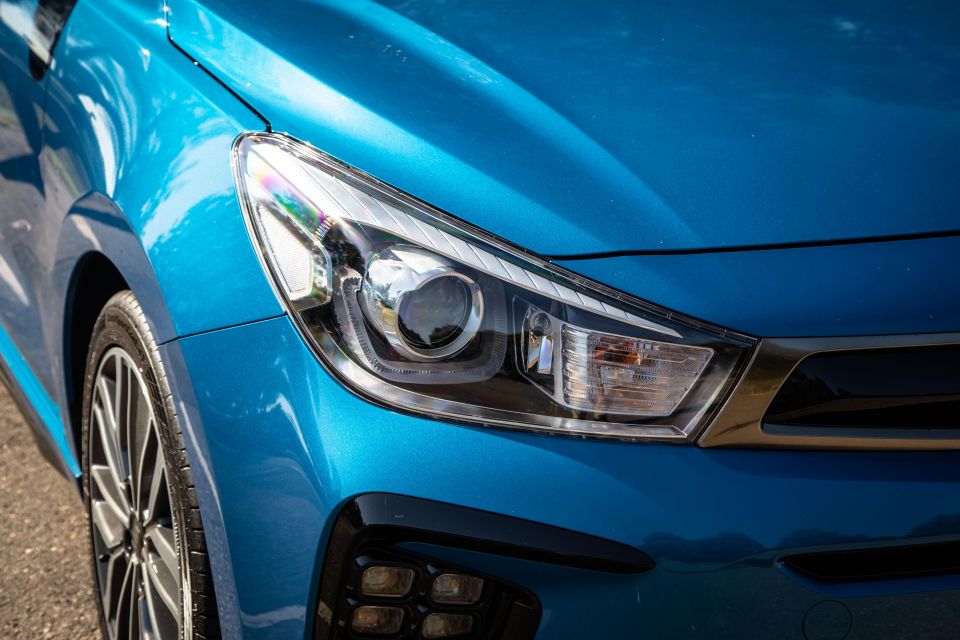
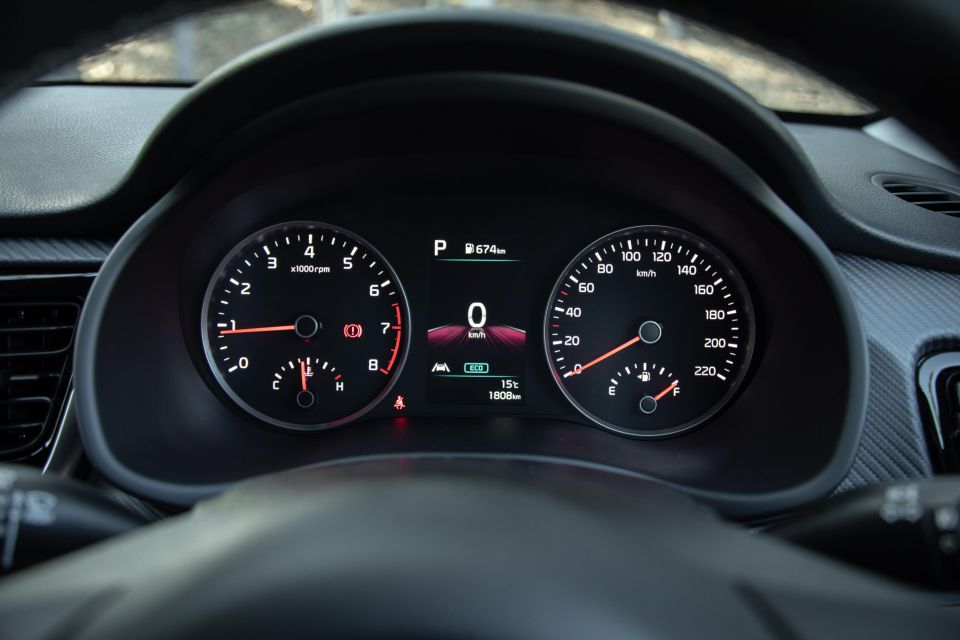
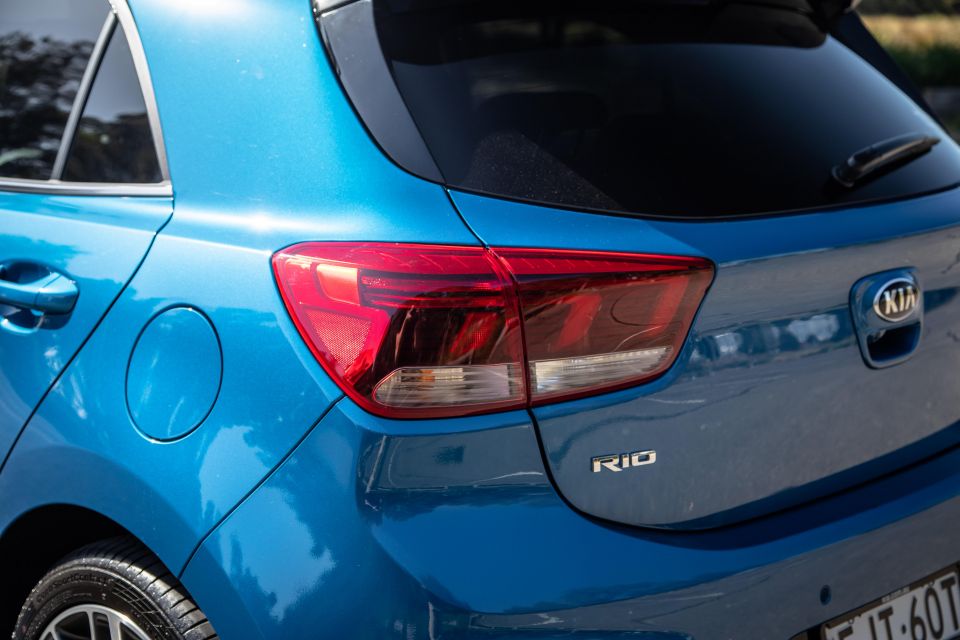
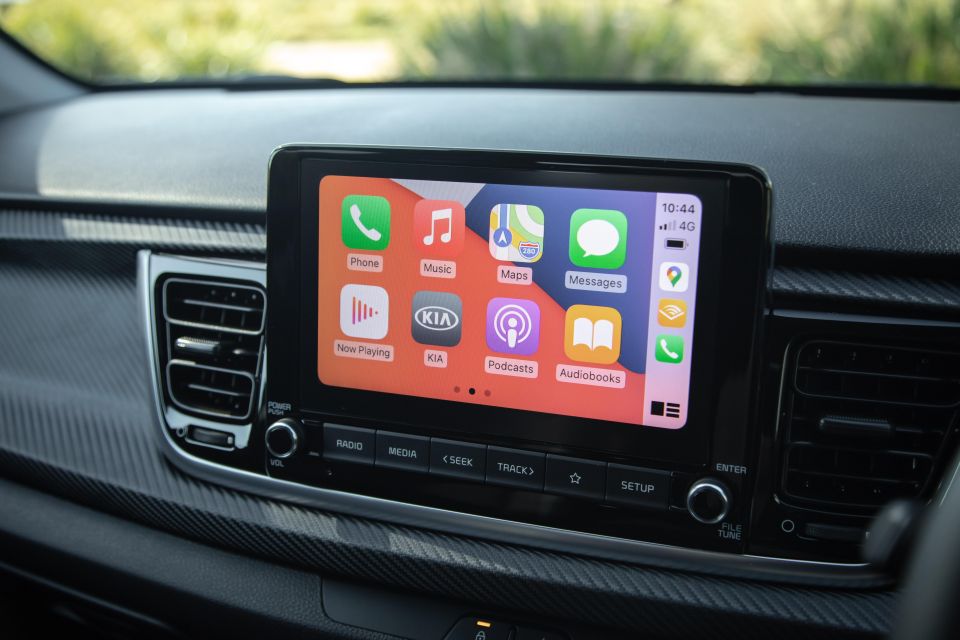
Buy your new car without the stress. It's fast, simple and completely free.

Great service from Travis and team, second time I have used this business would not hesitate to recommend them to anyone
Craig C.
Purchased a Ford Ranger in Sunshine Coast, QLD
CarExpert helped Craig save $7,224 on his Ford Ranger, now let us save you on your next new car.
Get your BEST priceThe GT-Line fits 17-inch alloy wheels, a specific GT-Line body kit and grille garnish, automatic halogen projector-type headlights, LED daytime running lights, rear parking sensors, rear privacy glass, a reversing camera with dynamic guidelines, heated and power folding wing mirrors, power windows and mirrors and remote central locking.
Inside, the flagship fit-out includes specific sports seats and fabric trim, a GT-Line steering wheel, alloy pedals, carbon-look trim inserts, digital climate control, single 12-volt and dual USB-A outlets, and an 8.0-inch LCD colour touchscreen infotainment system with six-speaker audio, wireless Apple CarPlay and Android Auto and Bluetooth phone and media connectivity.
What don’t you get? Missing from the menu is leather trim – be it real or fake – as well as front parking sensors, proprietary satellite navigation, adaptive cruise control (the fitted system is passive) and LED headlights. That said, what the GT-Line does fit is essentially in line with expectations for its price point.

The Rio range scored a full five stars in ANCAP assessment conducted in 2017.
Under the older scoring system, this result was based off scoring of 14.52 out of 16 for frontal offset crash testing and an excellent 16 out of 16 for side impact integrity. Whiplash and pedestrian protection were deemed good and acceptable, respectively.
The GT-Line fits six airbags, larger (280mm) front brakes, autonomous emergency braking, forward collision alert, lane-keep assist, Lane Following Assist, lead vehicle departure warning and driver attention monitoring.
The rear seating features ISOFIX mounts and three positions of child restraint anchor points. Hill-start assist is also standard fitment.
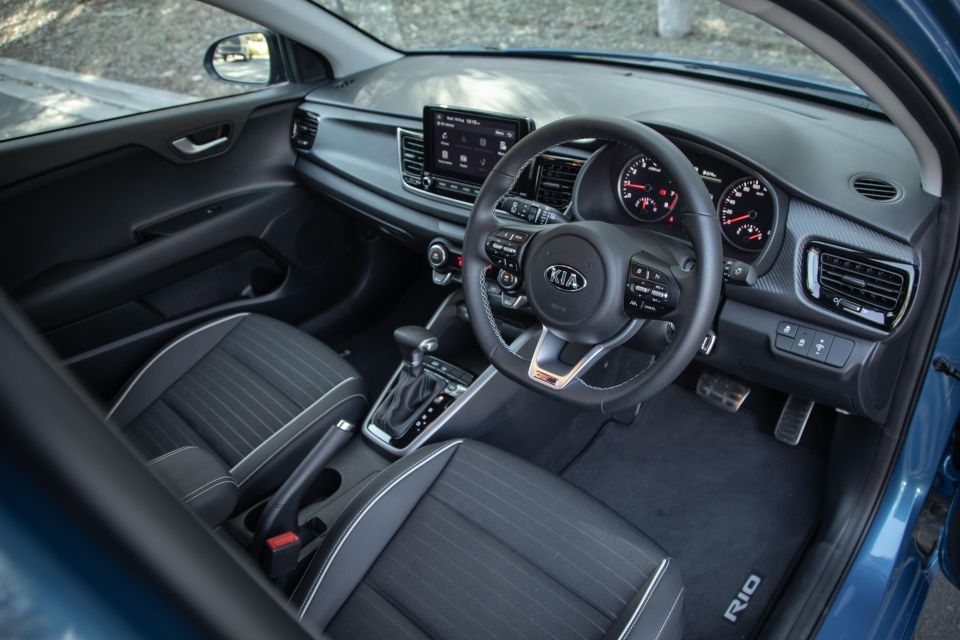
The cabin mints what’s something of a time-honoured Kia family design that’s clear, intuitive and easy to use.
This look, with its brightly lit and colourful use of display contrasted against a lot of quite dark grey, has been around a bit and seen fresher days but it still works well, eschewing the juvenile funkiness favoured in some compact offerings that date terribly quickly.
The extensive use of hard and shiny plastic is inescapable, though the faux carbon-fibre-look dash inlays, satin and textured, helps lift the ambience a bit.
This variant’s specific sport wheel, together the nice variety of cloth and fake leather seat trim, go a long way in adding a bit of upmarket flash to hatch born of fairly modest interior DNA.
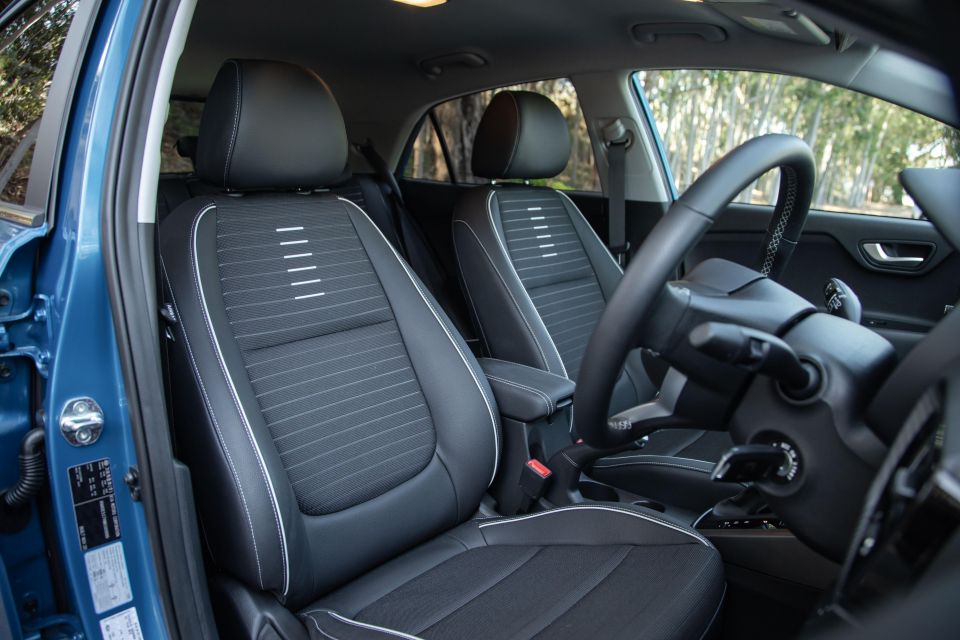
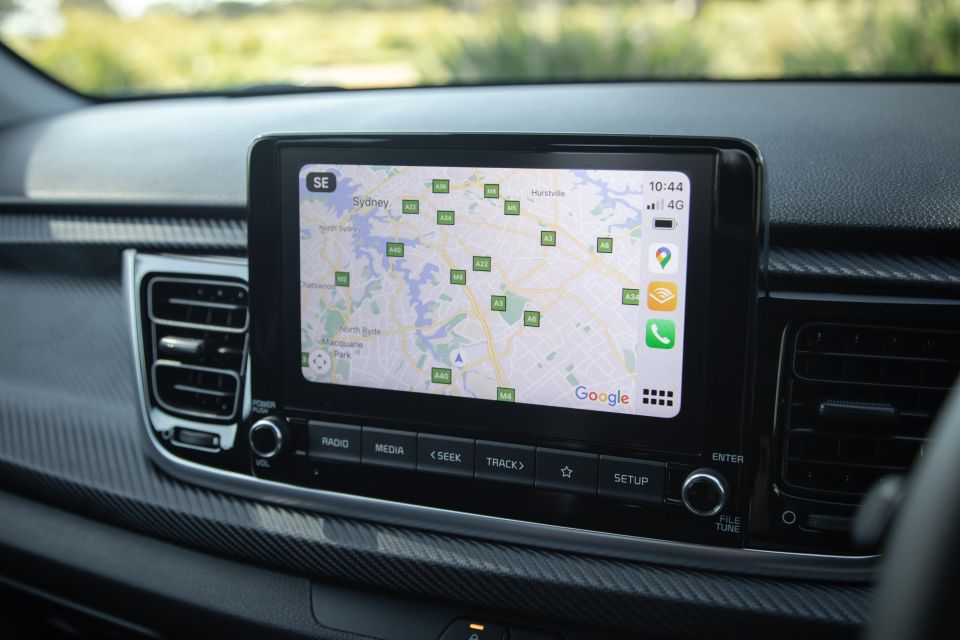
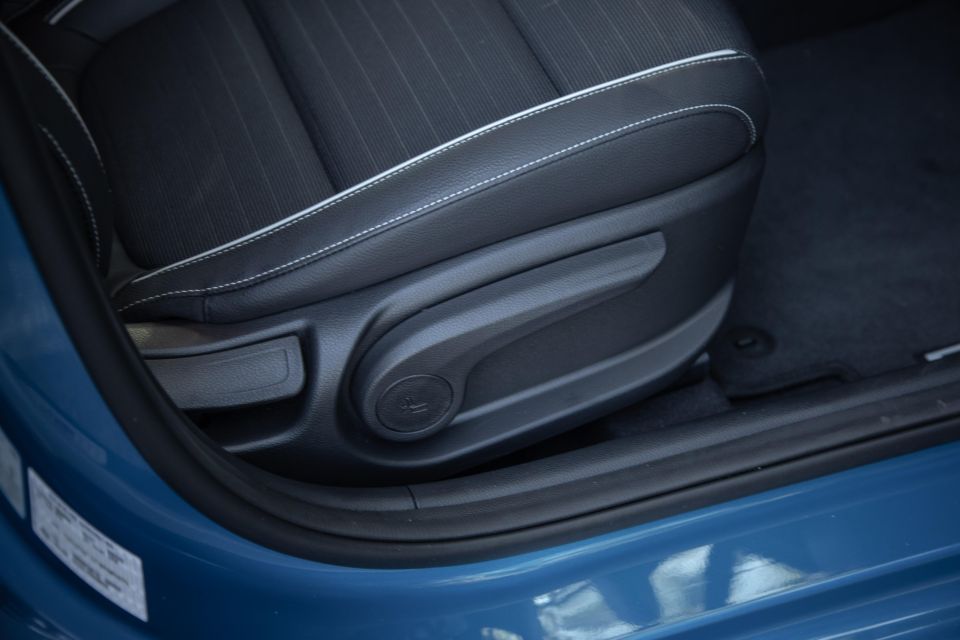
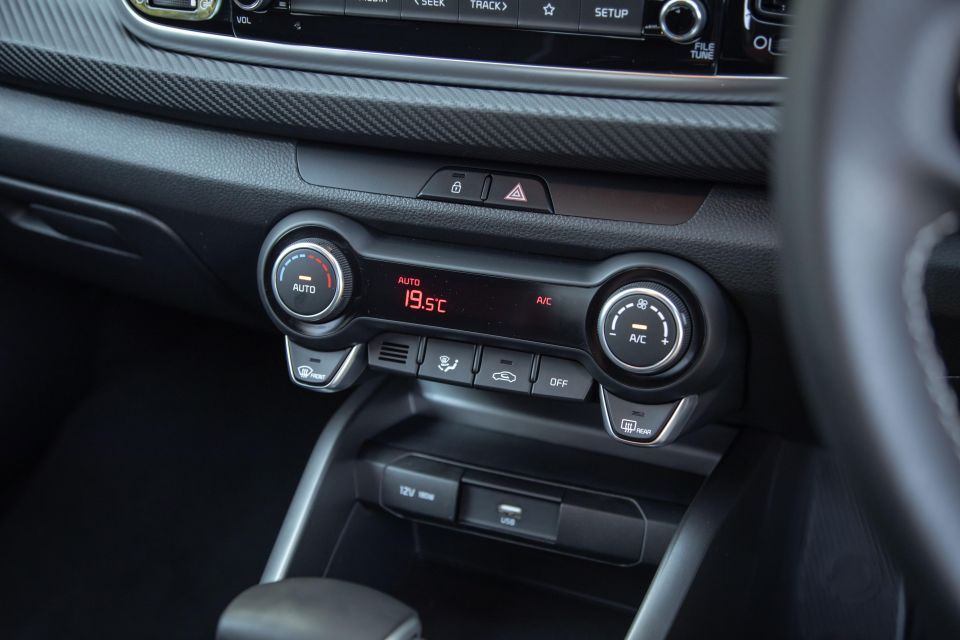
The seats themselves are decent enough, with plenty of bolstering and more supportive than purely comfortable, with ample seat and wheel reach and height adjustment to please driver’s short or tall. From the driver’s screen and infotainment to climate controls, everything is crisp, legible and mostly free of annoyances.
There are single USB and 12-volt outlets up front and single USB for rear passenger, though there’s an absence of rear air vents. The storage cubbies have hard plastic floors and do tend to rattle around whatever you stow inside them.
The colourful infotainment screen has pride of place in the dash fascia and features handy dials and shortcut buttons, but the system itself is perilously short of features for a flagship variant.
There’s no sat-nav, no digital radio reception and what it does offer – wireless CarPlay – is somewhat grumpy and inconsistent, failing to reconnect your phone on restart even when it was the last device connected.
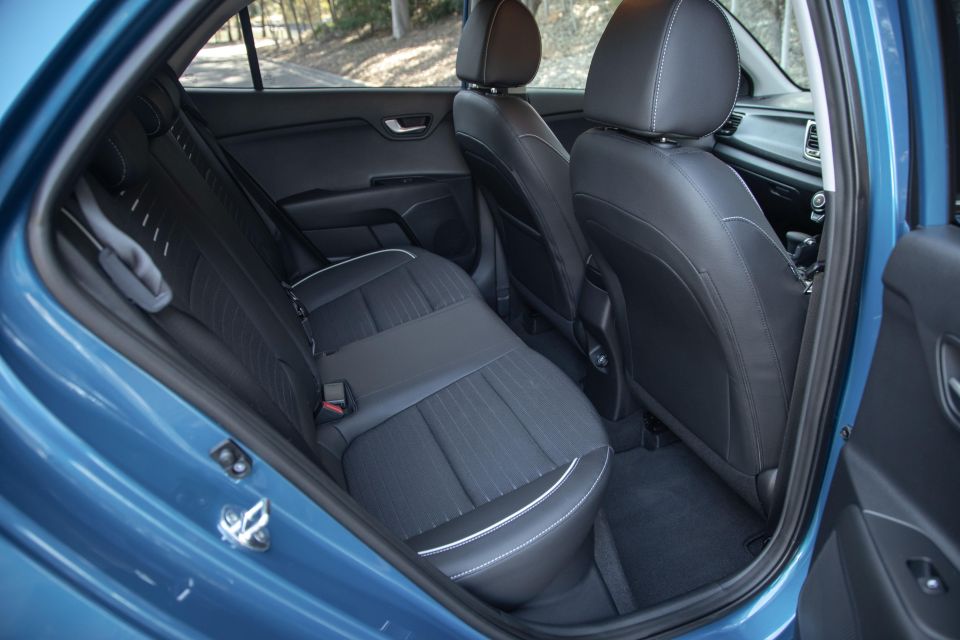
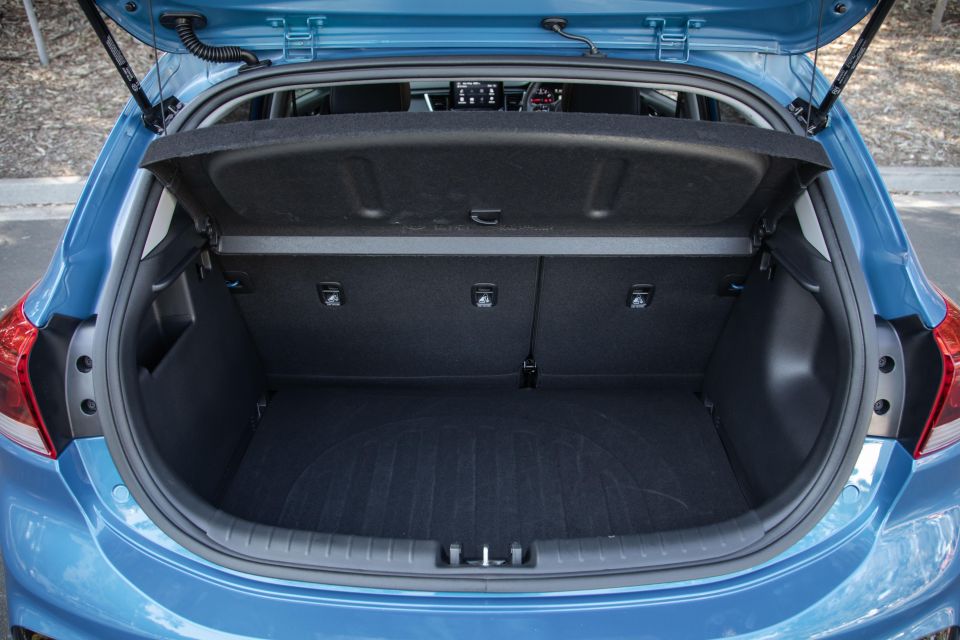
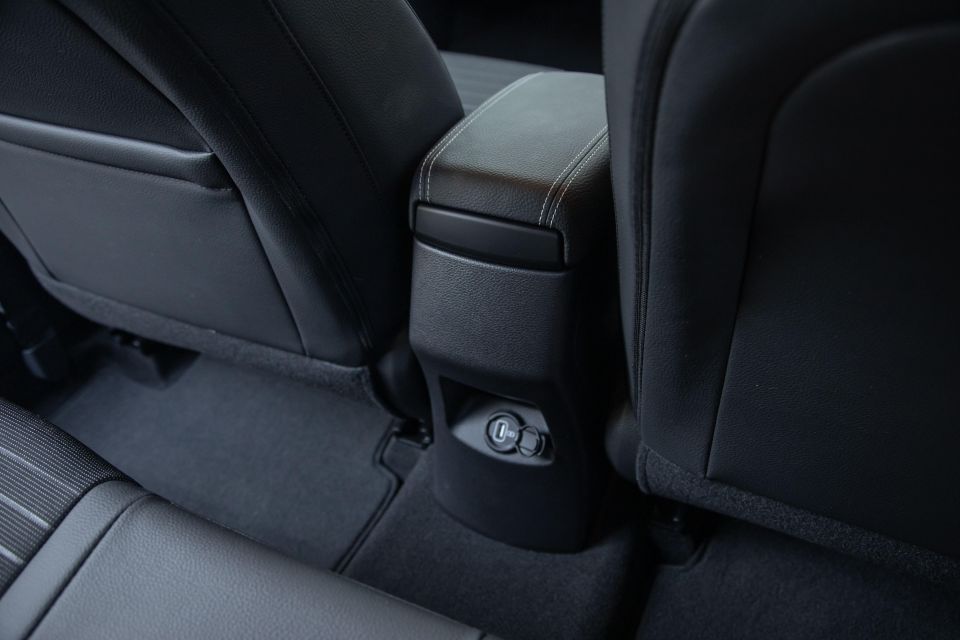
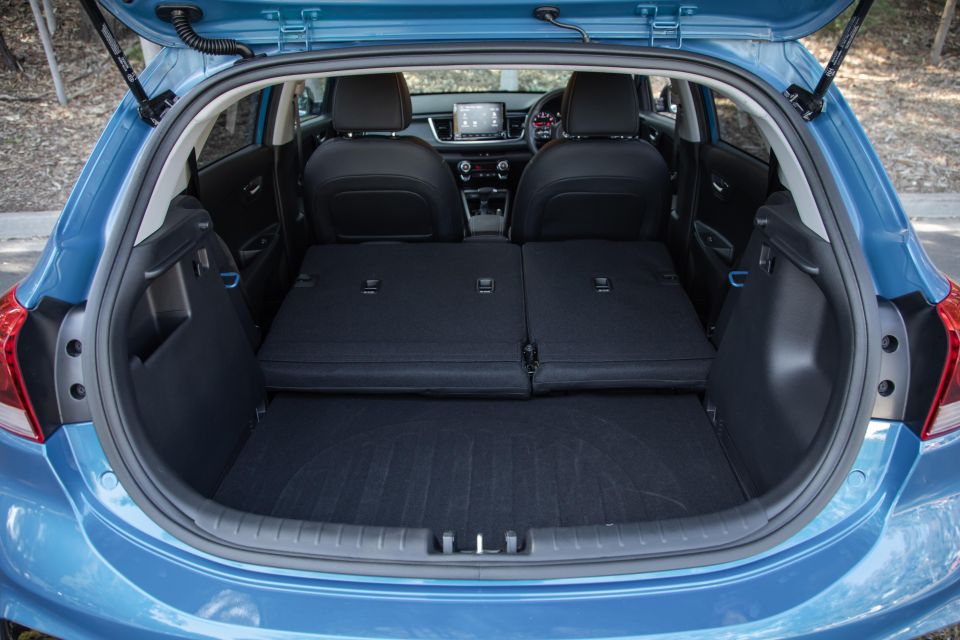
Space in row two is surprisingly decent, or at least decent enough for such a small hatch package.
Head, knee and should room, when treated as a four-seater, is certifiably adult friendly, even if the lack of ventilation of central fold-down armrest betray the GT-Line’s cheap and cheerful roots.
The boot isn’t bad either, its 325 litres of handy proportions and quite a deep floor, while you can drop the 60:40 rear seatbacks to liberate a generous amount of load through space.
It fits a space saver spare wheel under the floor.
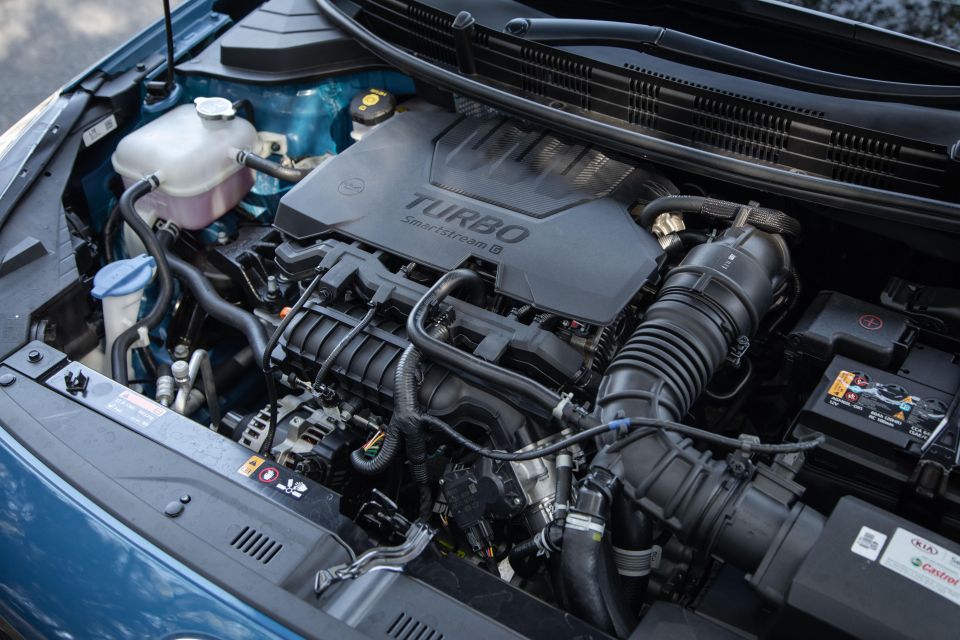
As we noted in our twin test of the Rio GT-Line versus the Toyota Yaris SX, the former’s 1.0-litre turbocharged three-cylinder used to be offered in 88kW level of tune.
For MY21 onwards, though, its peak power has dropped to 74kW. The loss of 14kW is certainly significant enough when there’s not a whole lot of horsepower to begin with.
So why opt for the pint-sized turbo engine when lower-grade Rios, with their 1.4-litre naturally-aspirated four-cylinder engine, offer a same peak power? Well, it’s for the torque.
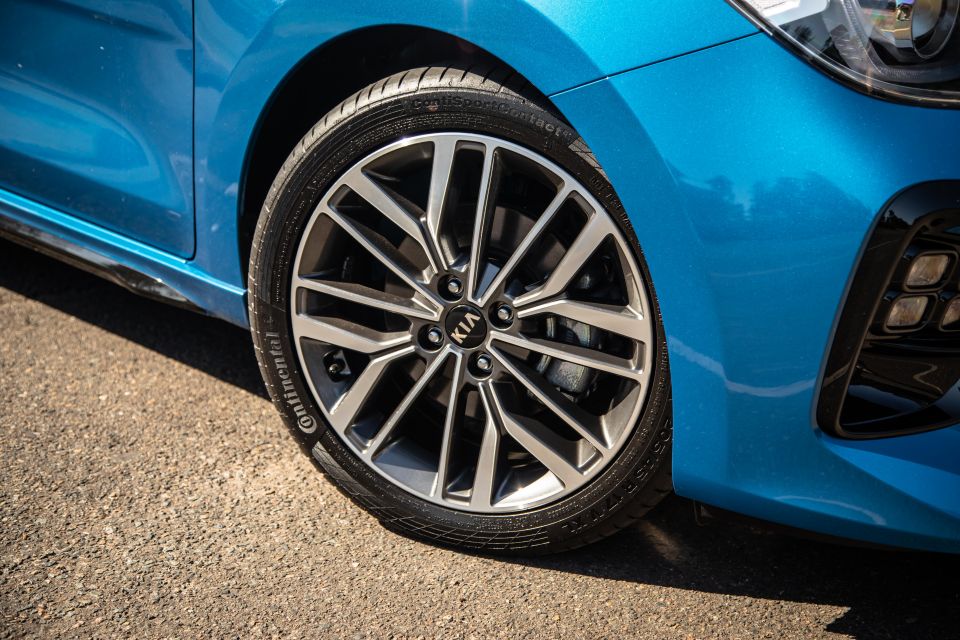
At 172Nm from just 1500rpm, the little three-pot is up by 39Nm against larger-capacity stablemate and at a more useable and friendly point in the rpm range. It also makes it peak power earlier in the rev-range, at just 4500rpm.
The engine is paired with a seven-speed dual-clutch transmission driving the front wheels.
One plus is that the Rio GT-Line runs happily on regular 91RON fuel in its 45-litre tank and comes with a fairly seductive 5.3L/100km combined claimed consumption.
During our test, across balanced urban and highway driving, it returned an impressive 5.9L/100km figure on its onboard readout.
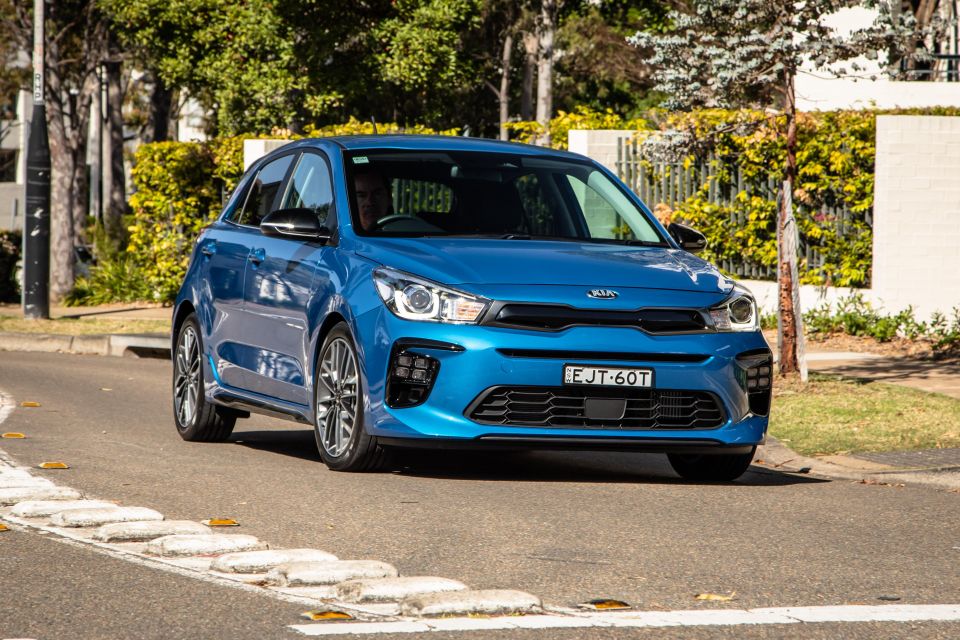
The neat and reasonably mature presentation brings a bit sporty edgy and promise and there’s a bit of frisky purpose to the on-road experience.
There’s a neat thrum to the three-cylinder engine and some enthusiasm from the gearbox’s self-shifting programming, but only once you’ve plucked it out of Eco drive mode, which the Rio defaults to on start-up. Every. Single. Time.
Ditto stop-start and its fairly aggressive lane-keeping smarts that clock from 60km/h, so every trip, well, anywhere tends to commence with any annoying sequence of button prods and pushes. If only it could just remember settings it was shut down with.
The same can be said for the wireless CarPlay system: sometimes it take a good while to activate, other times it doesn’t activate at all, causing you to stop and fiddle with the infotainment system to get audio streaming up and running. Argh…
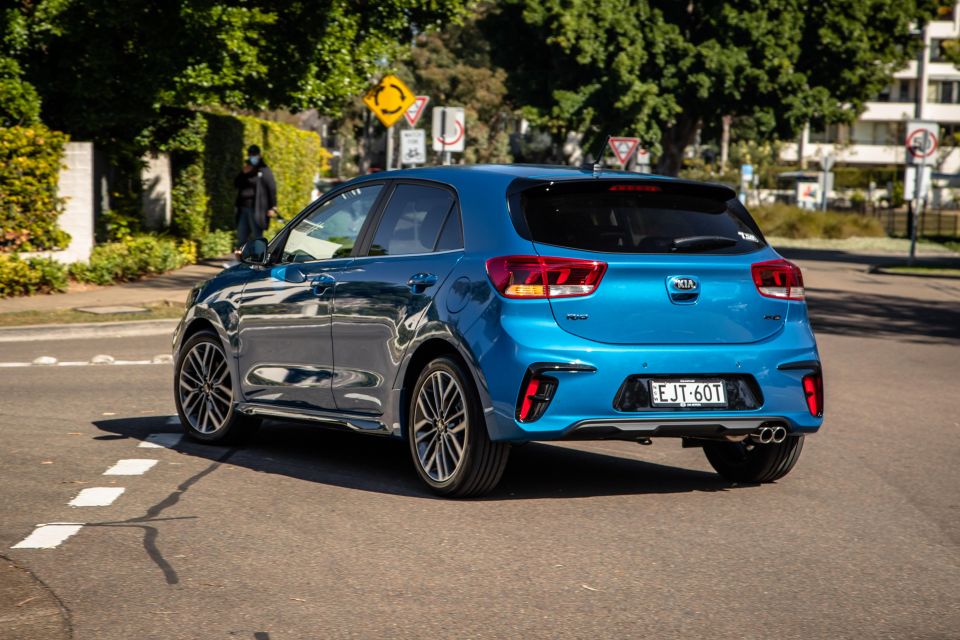
Once settled – mostly you rather than the car – it’s quite a fun thing to punt around, with keen steering and nice crispness to the chassis that does trade-off a bit in ride comfort from its tautly-damped strut and torsion beam suspension.
Thankfully, it doesn’t jar across speed bumps or crash through holes, despite the rather fetching-looking 17-inch rolling stock with quite low-profile rubber. The steering wheel and cosseting seats do help bring that wash of sportiness the GT-Line aims for.
It’s no fire-cracker but it’s reasonably light weight, at just 1197 kilos tare, makes for brisk enthusiasm that not overly strained and as there’s enough muscle on tap to make for pleasant part-throttle cruising.
It only really starts to unravel in Eco mode, where the engine and transmission response become tardy to a point where it’s tricky to drive the Rio smoothly, but given it’s so economical in the Normal drive setting that there’s little reason not to keep it set in that mode.
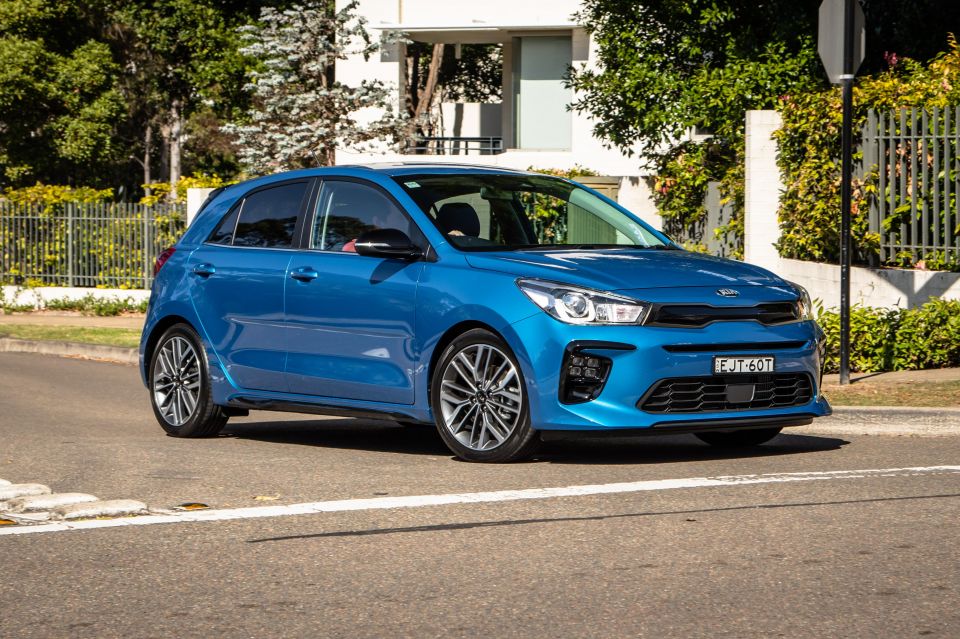
The adaptive reversing camera is quite grainy though outward visibility is so good that the Rio is very easy to park and slip through narrow gaps when required. The turning circle, too, is a nice and concise 10.2 metres, about a metre in diameter tighter than a good many SUVs.
It does feel more solid and sorted than the Rio Sport I reviewed not long ago, a version logically pitched towards beginner drivers. On balance, budget permitting, the GT-Line is perhaps a better learner’s tool mostly because it’s got enough puff to get you out of a sticky situation and responds more obediently to the driver’s whims.
If there’s one small gripe, it’s that the brakes feel a touch graunchy. They’re larger than those fitted on other Rios – 280mm front discs instead of 256mm – and offer ample stopping power but the pedal feel is slightly, and strangely, granular and bitey.
All up, a decent enough thing to punt and serves equally as a grocery getter or a surrogate fun machine, even if the lack of paddleshifters does inhibit driver interaction with swapping cogs, given the sequential upshift and downshift directions of the transmission controller are – classically at least – oriented backwards.
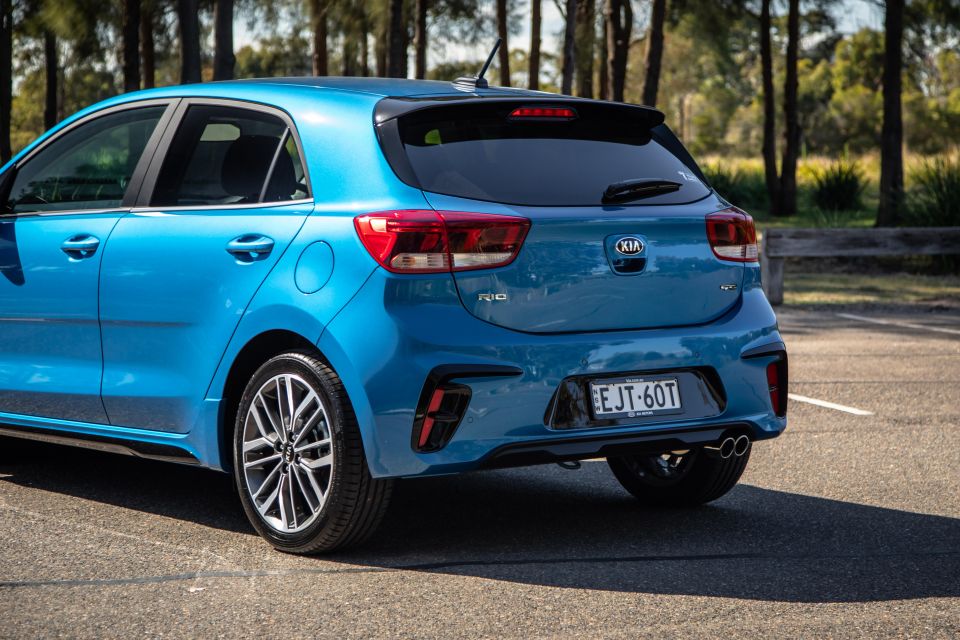
Where expert car reviews meet expert car buying – CarExpert gives you trusted advice, personalised service and real savings on your next new car.
The Rio Sport is covered by Kia’s excellent seven-year/unlimited-kilometre warranty, with seven years of capped-price servicing and roadside assistance.
Working against the GT-Line are the slim servicing intervals of 10,000kms – other Rios are 15,000km between visits – and the pricing, between $283 and $704 (phew!) per visit.
Averaged out over seven years, the little hatch costs $472 per year to service. Some rivals want for less than half that annual outlay while offering more mileage between servicing intervals.
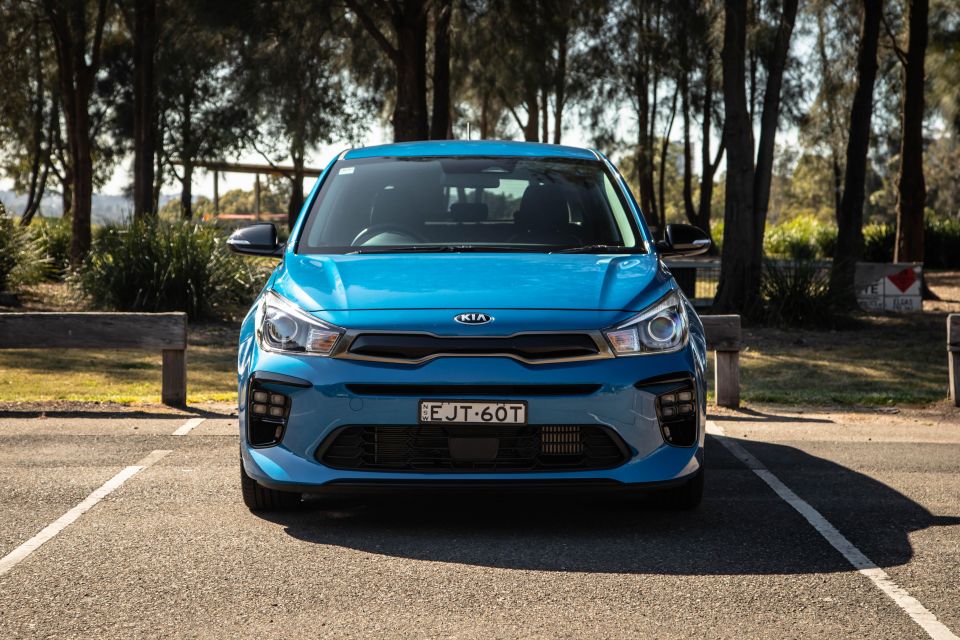
Buy your new car without the stress. It's fast, simple and completely free.

Great service from Travis and team, second time I have used this business would not hesitate to recommend them to anyone
Craig C.
Purchased a Ford Ranger in Sunshine Coast, QLD
CarExpert helped Craig save $7,224 on his Ford Ranger, now let us save you on your next new car.
Get your BEST priceThe ultimate Rio lures with smart looks, fetching cabin and surprisingly spacious accommodation.
There’s a frisky step in its chassis and despite the power cut there’s decent enough clip under the bonnet, all wrapped in package that sits at a nice price against the spread of competition.
But there are a few downsides. Some of the tech and features are merely adequate, be it in quality or functionality, and there’s a lot about the flagship that feels a bit cost conscious or modest.
And, while it proves quite real-world frugal to placate the hip pocket outlay, the servicing costs ultimately make the turbocharged Rio pricier to run that it ought to be.
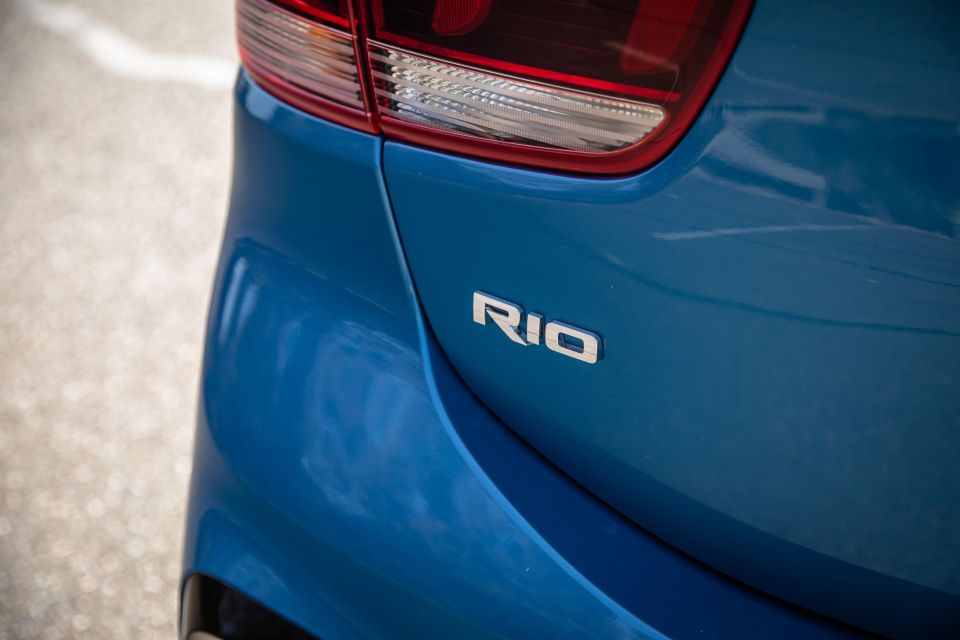
Click the images for the full gallery
MORE: Everything Kia Rio
Where expert car reviews meet expert car buying – CarExpert gives you trusted advice, personalised service and real savings on your next new car.


James Wong
4 Hours Ago


Toby Hagon
11 Hours Ago
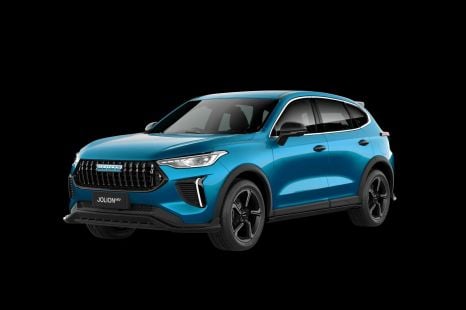

William Stopford
12 Hours Ago
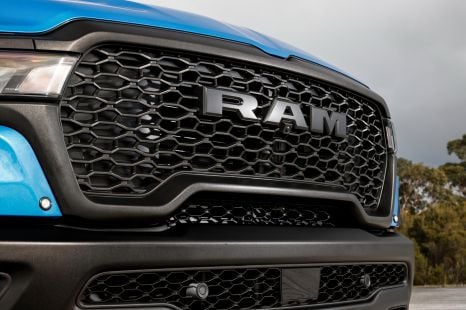

William Stopford
13 Hours Ago
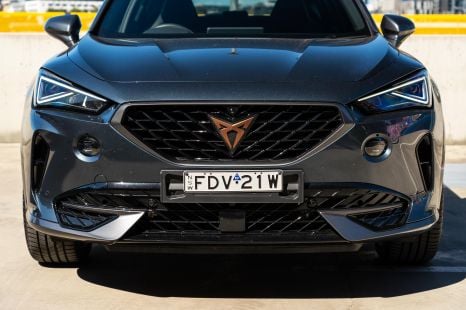

James Wong
15 Hours Ago
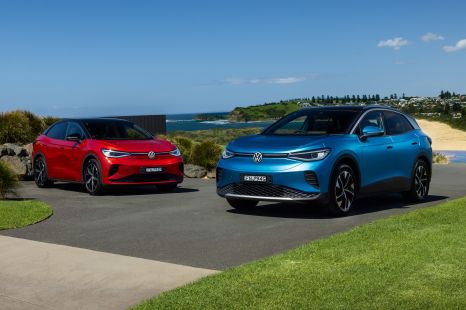

Damion Smy
16 Hours Ago